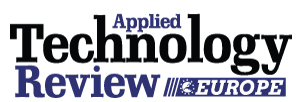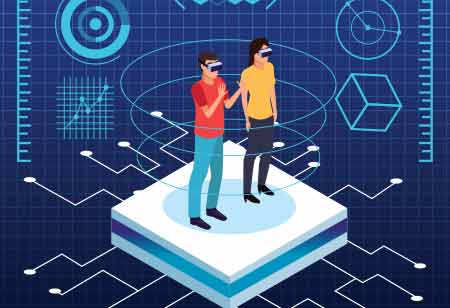THANK YOU FOR SUBSCRIBING

How are Energy transition and digitalization changing automation systems for sensor integration?
Simms, business development manager, sensors, Eaton

1. What are some of the major challenges and trends that have been impacting the sensor technology space lately?
A: Energy transition and digitalization trends are broadly changing automation systems and creating vast new opportunities for sensor integration. Customers want more capability in these sensors, including baseline performance, data, and the ability to stream information, all of which increases demands on device processing power, communications and system protocols. We’re making that happen—delivering increasing sensing range, improving range stability over temperatures, and enhancing performance in extreme environments while in parallel increasing the richness of data available from the sensor to feed the automation system.
“Energy transition and digitalization trends are broadly changing automation systems and creating vast new opportunities for sensor integration”
2. Can you tell us about the latest project that you have been working on and what are some of the technological and process elements that you leveraged to make the project successful?
We’ve designed inductive proximity sensors for critical operations in the harshest shipboard environments to help achieve greater operating reliability. In doing so we’ve successfully leveraged advanced microprocessors, developments in transducer technology, and innovations in mechanical enclosures to create a new generation of highly survivable products. The U.S. Department of Defense is able to use them in the most challenging shipboard and other military applications; our machinery OEM customers can now apply this same technology in harsh industrial environments. Our project team applied technology to our manufacturing processes as well, leveraging new capabilities in advanced calibration and test algorithms to achieve a common performance baseline across a range of divergent sensors and maximize production yields.
Read Also


















ON THE DECK